The Broke Backpacker is supported by you. Clicking through our links may earn us a small affiliate commission, and that's what allows us to keep producing free content 🙂 Learn more.
Germany really is a country of many faces. It’s perhaps THE global hub for techno music, a cradle of modern art, and a land with a rather complex 20th-century history.
This diversity makes Germany a truly unique and fascinating travel destination to explore.
However, beyond its modern attractions and historical landmarks, Germany is also rich in traditions and folk rituals that offer a glimpse into its cultural heritage.
In this post, we will dive into German traditions and the best places to experience them. From finely brewed beer to traditional German lederhosen, let’s explore where you can truly immerse yourself in some German culture.
The Best Cities and Towns to Experience German Traditions
From castles to fortress-sized beers, Germany has a culture of its own that just has to be experienced in person. Whether you’re on an extended backpacking trip around Germany or you’re hopping over to see Rammstein for the weekend, there’s plenty of opportunities to embrace German traditions.
1. Munich, Bavaria
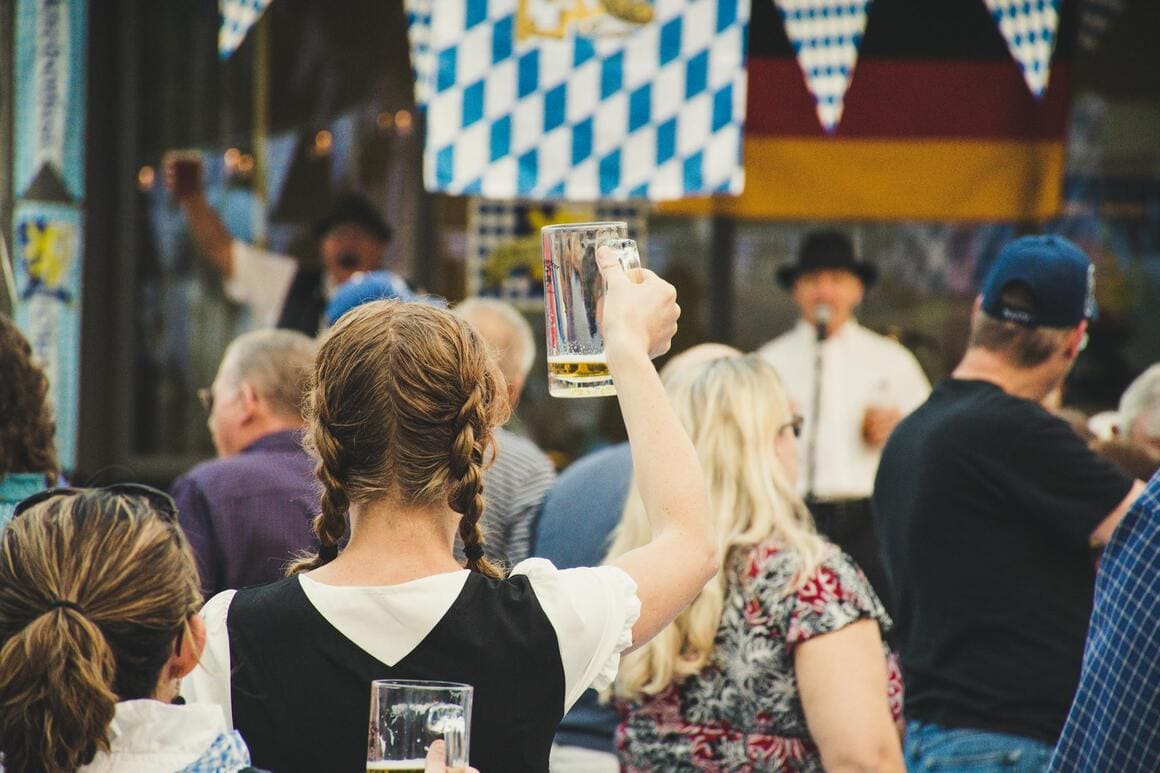
The Broke Backpacker is supported by you. Clicking through our links may earn us a small affiliate commission, and that's what allows us to keep producing free content 🙂 Learn more.
Munich (the capital of the German province of Bavaria) is primarily famous for its annual Oktoberfest, the world’s biggest and booziest beer festival. Held annually from late September to the first weekend in October, Oktoberfest attracts millions of visitors from around the globe and Munich’s hostels and hotels sell out months in advance.
Attendees can enjoy traditional Bavarian beer (served in huge 2-litre steins glasses by proper, busty Wenches), food, music, and dance in massive beer tents. It’s one of the best festivals in Germany and something you’ve just got to experience.
How to Get There: Munich is very well-connected with a major international airport (Munich Airport) and efficient rail links from other German cities and European destinations.
2. Berlin, Berlin
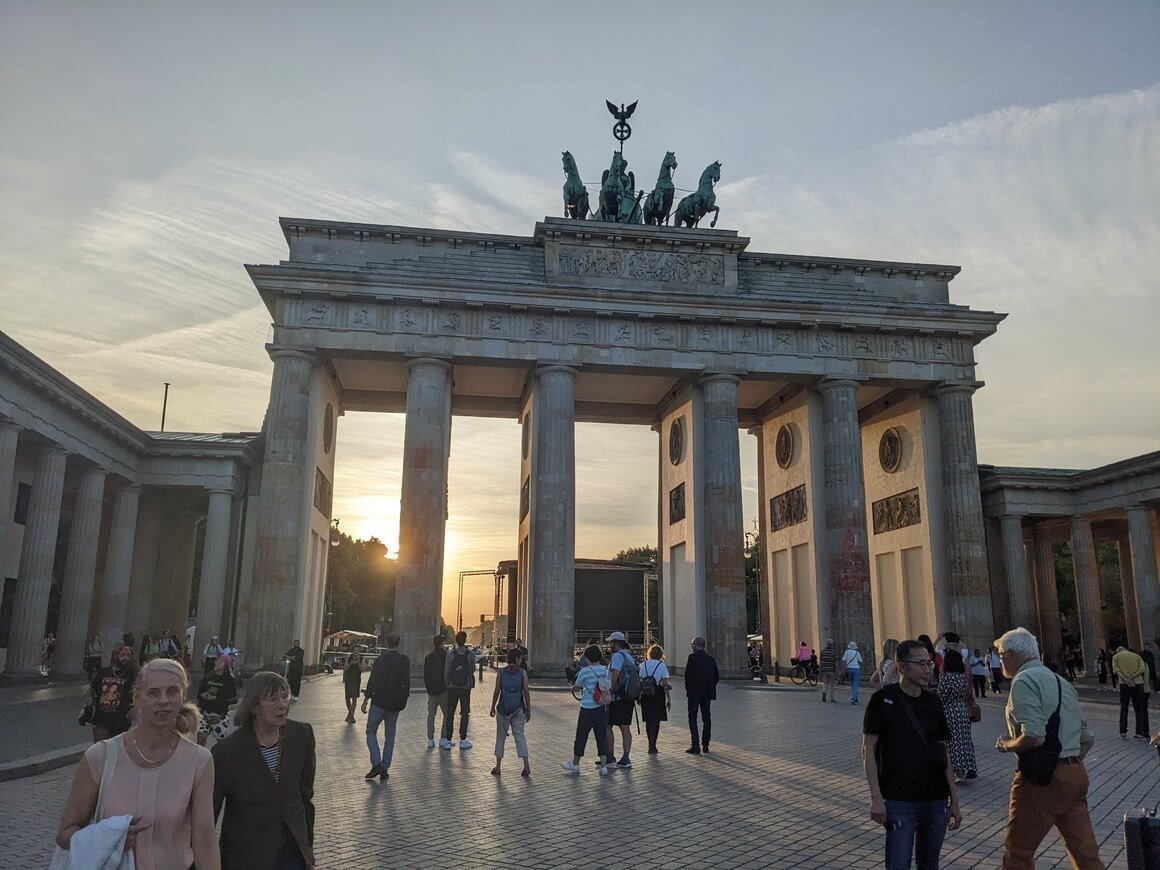
Berlin, Germany’s vibrant capital, is renowned for its rich history and contemporary cultural scene. A unique tradition you can experience here (other than German Techno) is the Christmas markets. Berlin hosts several famous markets, such as the WeihnachtsZauber at Gendarmenmarkt, where you can enjoy mulled wine, traditional crafts, and festive foods.
How to Get There: Berlin is accessible via two international airports (Berlin Tegel and Berlin Schönefeld) and an extensive train network that links very well with Europe.
3. Cologne, North Rhine-Westphalia
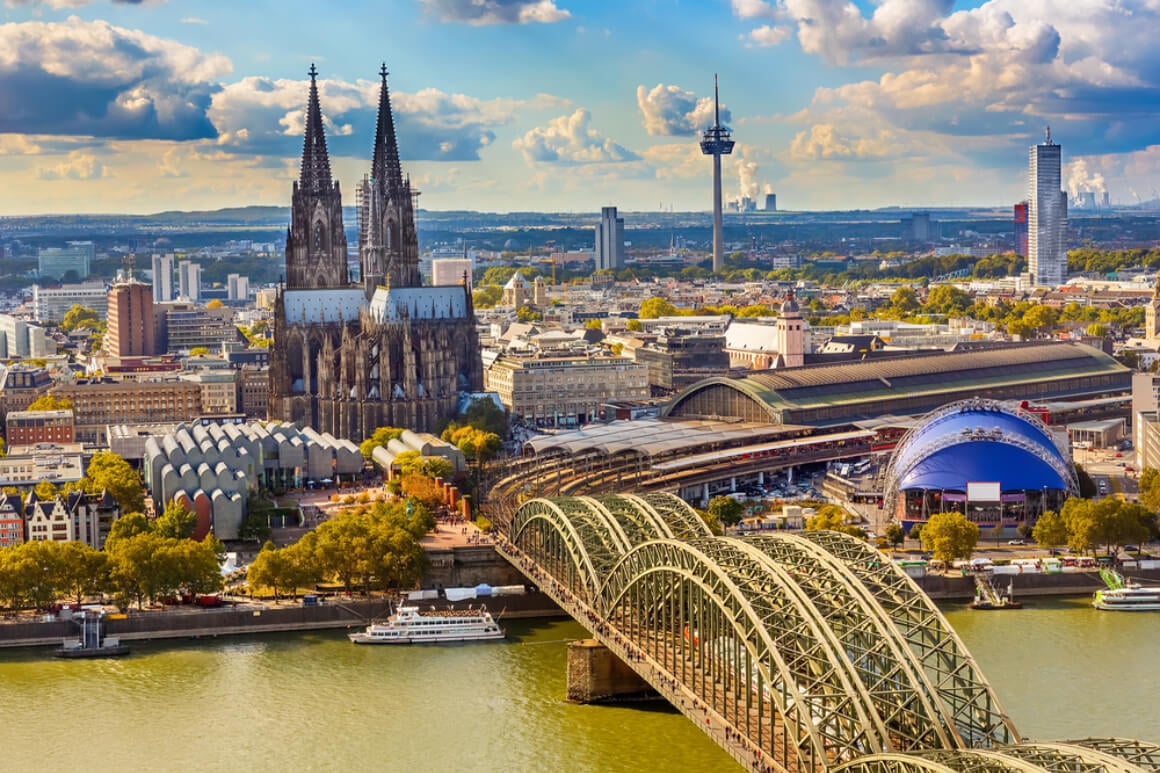
Cologne is best known for its pleasant smelling water, striking cathedral and spectacular Cologne Carnival (a major event in the German cultural calendar).
Held in February each year, the carnival includes parades, costume balls, and street parties, all centred around the city’s beautiful and well-preserved historic Old Town, one of the most stunning places to visit in Germany.
How to Get There: Cologne Bonn Airport serves the city and is a Ryanair hub so you can try to find a cheap and cheerful flight. It’s also a major railway hub with connections to cities across Germany and Europe.
4. Nuremberg, Bavaria
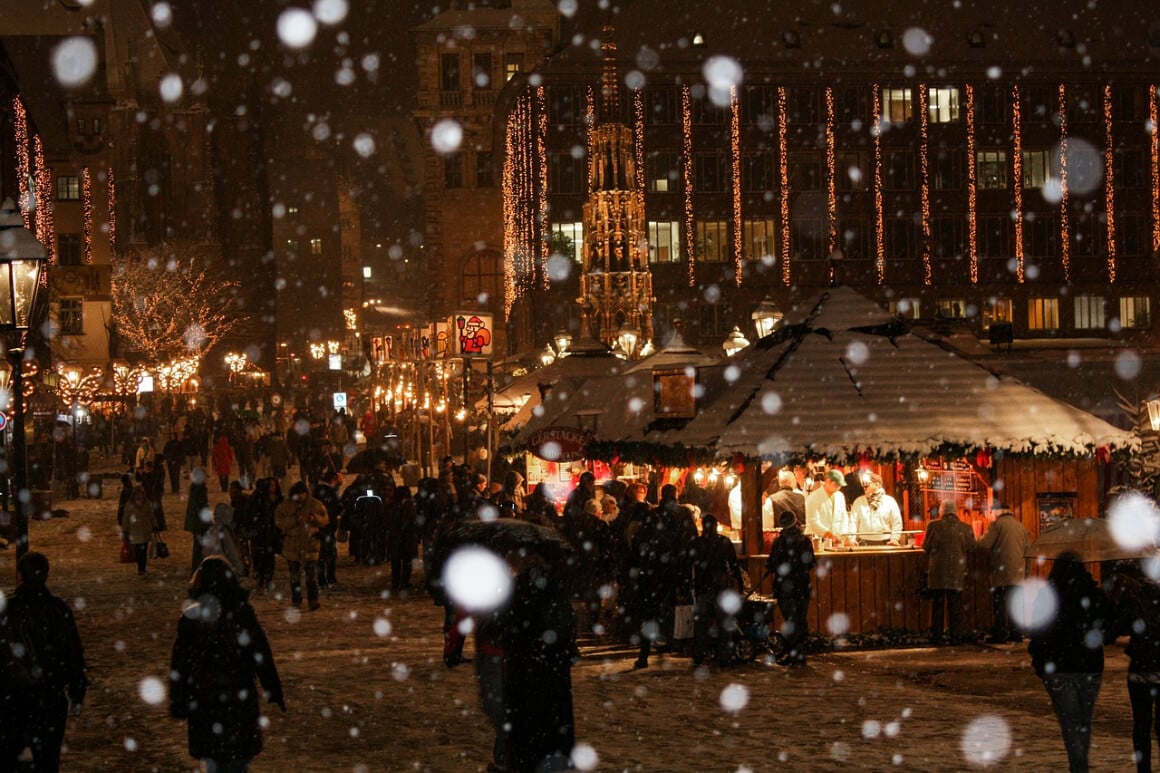
Other than Nazi rallies and Nazi trials, Nuremberg is famous for its mediaeval architecture and the world-renowned Christkindlesmarkt, one of the oldest and most traditional Christmas markets in Germany.
This market is a magical place to experience festive cheer, traditional food, and handcrafted gifts. It’s just one reason Christmas is one of the best times of year to visit Germany.
How to Get There: Nuremberg Airport offers flights from various European cities, and the city is also accessible by train.
5. Heidelberg, Baden-Württemberg
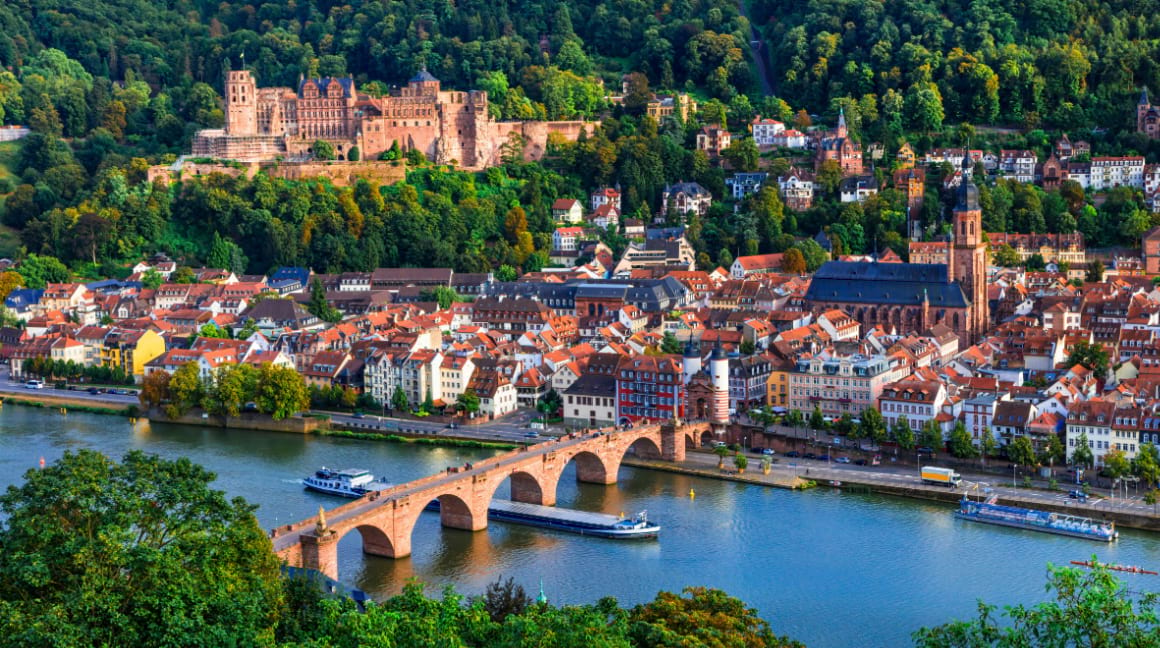
Heidelberg, with its picturesque old town and castle, is an excellent place to experience the tradition of the German student prison (Studentenkarzer). From the 16th to the early 20th century, naughty students who misbehaved were sent here, and today, it’s a fascinating little museum. Hmm, this makes a lot of sense now that I have ancestors from here!
If you’re wanting to visit some of the best castles in Germany, then this is a great base.
How to Get There: Heidelberg is accessible by train from major German cities and is close to Frankfurt Airport.
6. Hamburg, Hamburg
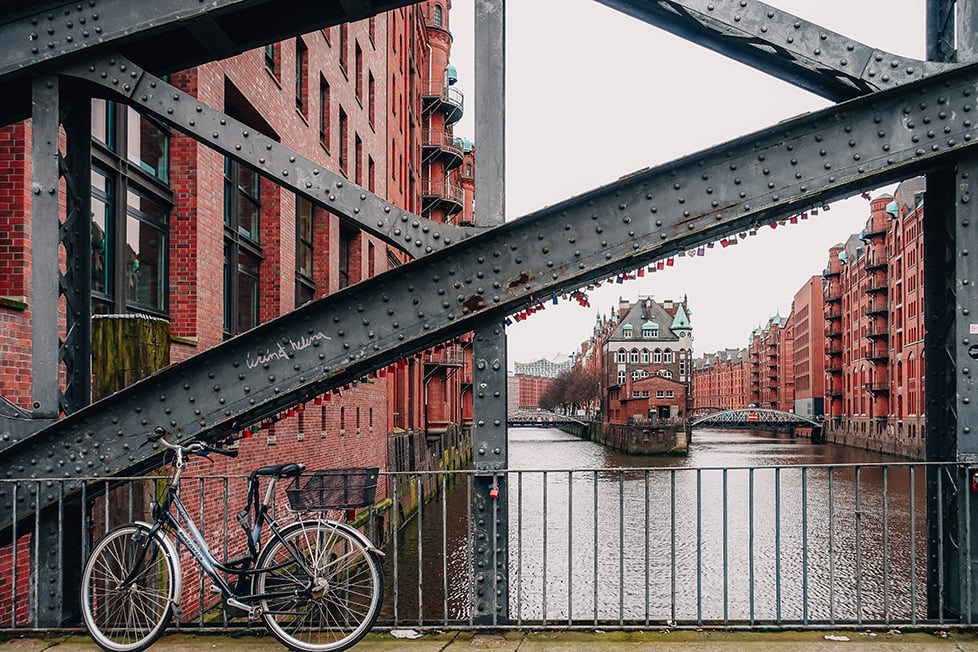
Image: Nic Hilditch-Short
Hamburg, a bustling port city, is famous for its magnificent Rathaus and Hamburger Dom, a massive fair held three times a year. This tradition dates back to the 11th century and features rides, games, food stalls, and fireworks.
Hamburg also has a somewhat seedier side for those wanting to experience another sort of tradition down in St Pauli, not that I’d know anything about that! Anyway, there are some great places to visit in Hamburg regardless.
How to Get There: Hamburg Airport serves international and domestic flights, and the city is well-connected by rail.
7. Stuttgart, Baden-Württemberg
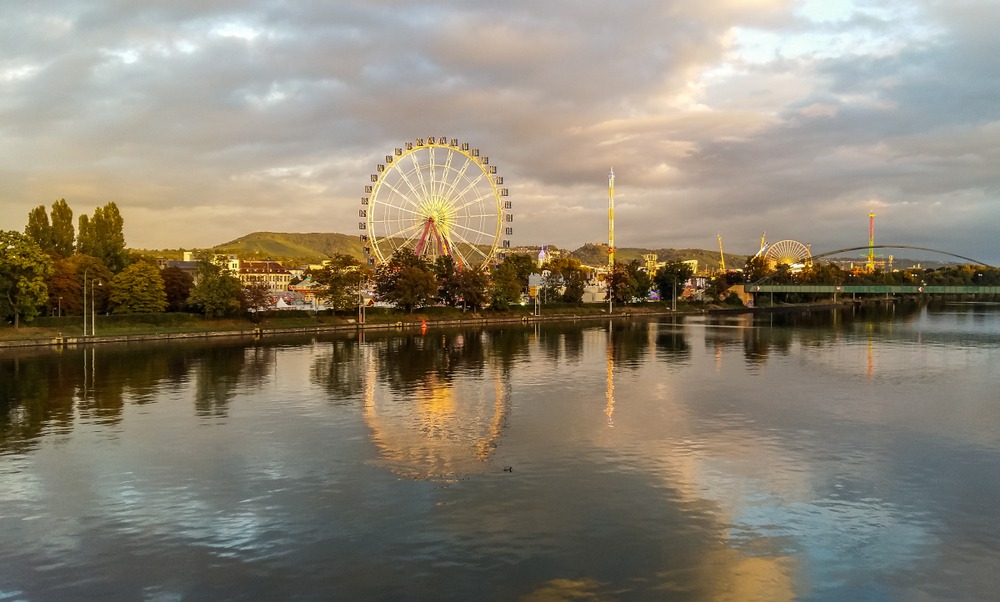
Stuttgart is home to the Cannstatter Volksfest, also known as the Stuttgart Beer Festival. Held annually in the autumn, this festival is similar to Oktoberfest but with its own unique Swabian charm, featuring traditional beer tents, rides, and local cuisine. In my view, the beer festival here is much more intimate and ultimately better than the raging Munich Oktoberfest.
How to Get There: Stuttgart Airport offers numerous flight connections, and the city has excellent train links.
8. Rothenburg ob der Tauber, Bavaria
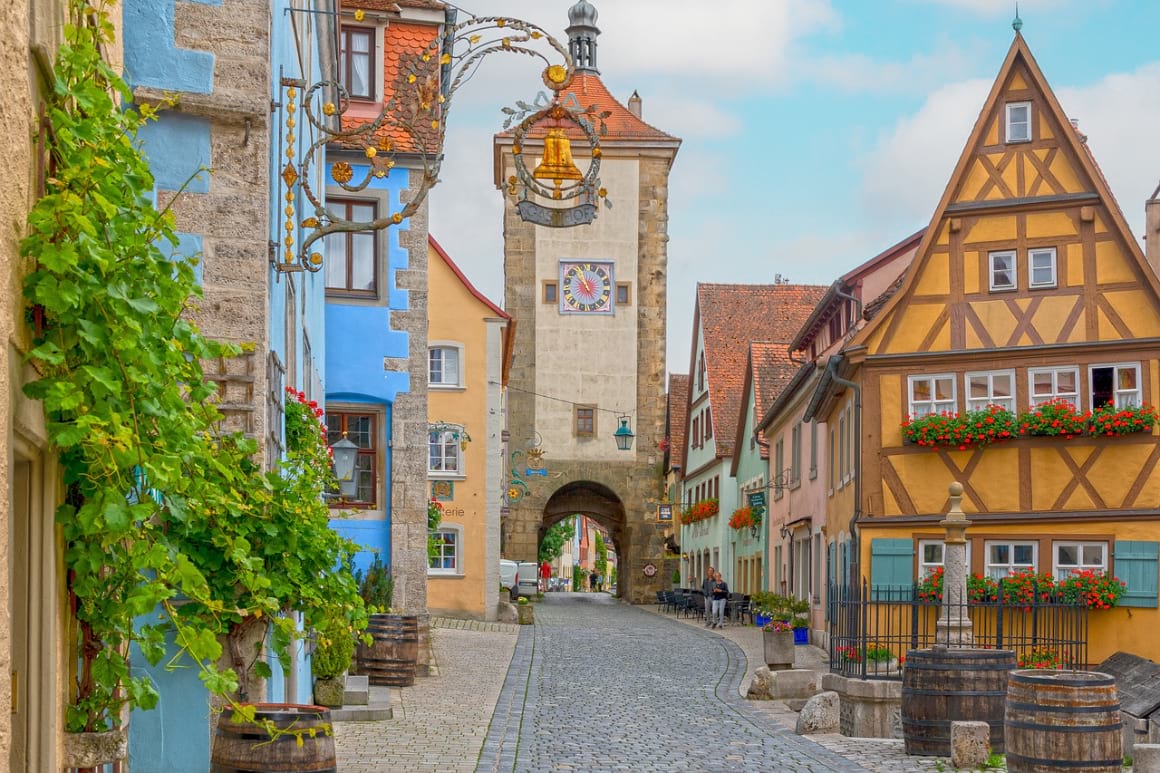
Rothenburg ob der Tauber (yes you read that right!), yet another well-preserved mediaeval town, is the place to experience the Christmas Reiterlesmarkt. This market offers a quaint, fairy-tale atmosphere with traditional Bavarian decorations and foods.
How to Get There: Rothenburg is accessible by train, with connections from major cities like Munich and Nuremberg.
9. Dresden, Saxony
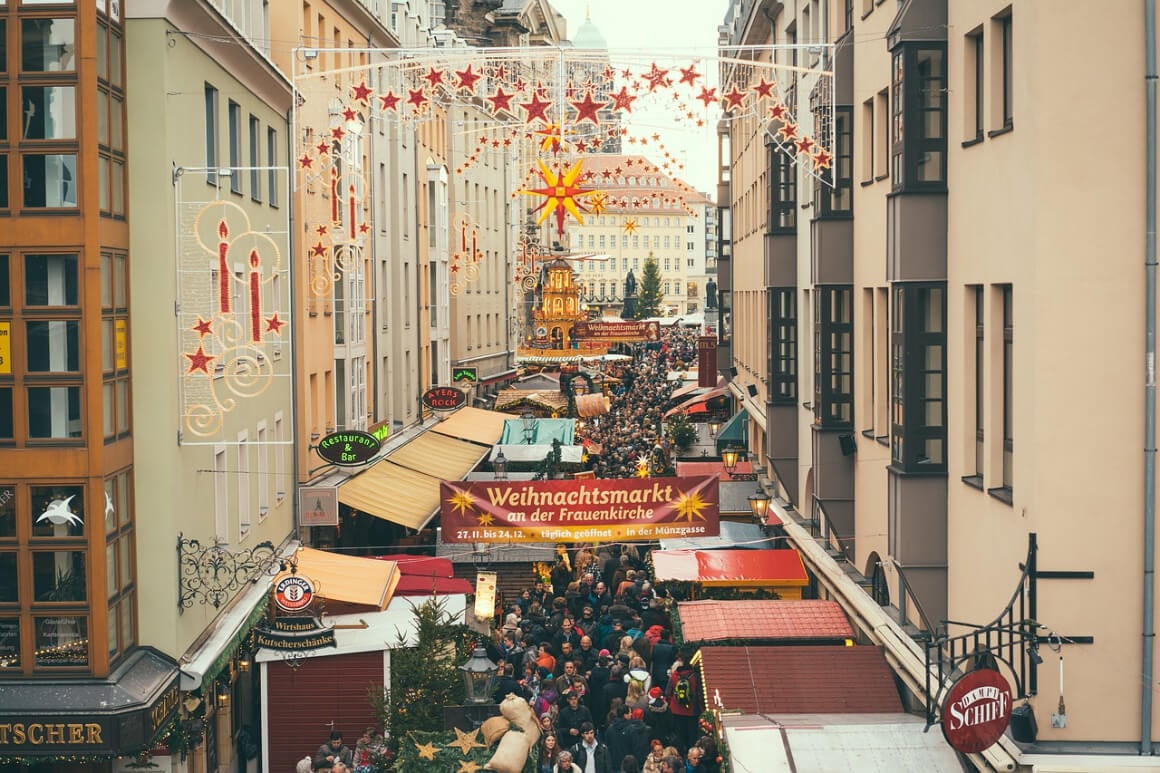
The East German city of Dresden hosts the Striezelmarkt, Germany’s oldest Christmas market, dating all the way back to 1434. Located in the historic Altmarkt Square, this market is world-renowned for its festive atmosphere, traditional crafts, and the famous Dresden Stollen (a type of fruit bread).
As you can expect, Dresden gets pretty buzzing this time of year. It’s a great time to visit but just make sure you bite the bullet and book your Dresden hostel or other digs well in advance.
How to Get There: While not as accessible as Berlin or Munich, Dresden Airport provides flights from various European cities, and the city is well-connected by train.
10. Leipzig, Saxony
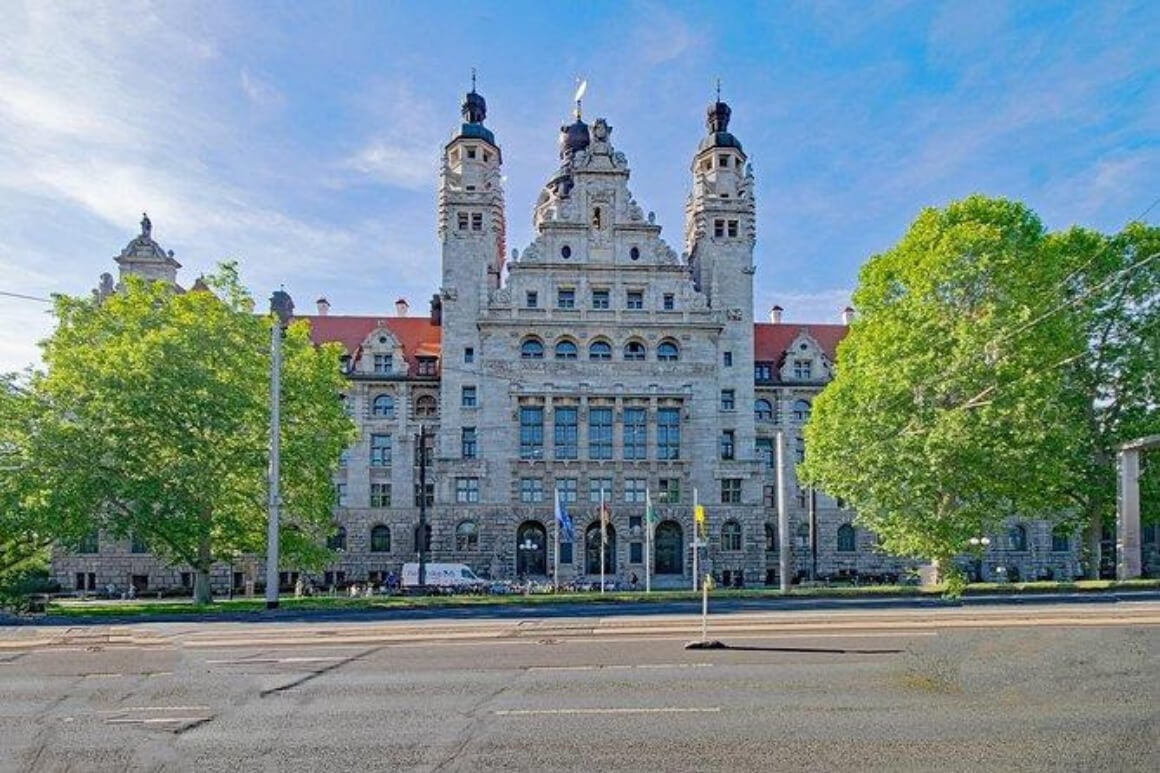
Pretty Leipzig is known for its rich musical heritage and the annual Bachfest, celebrating the life and work of classical composer and musical pioneer Johann Sebastian Bach. Held in June, the festival features concerts, recitals, and events in historic venues associated with Bach’s life.
Plus, Saxony is home to some of the most beautiful national parks in Germany if you want to explore further.
How to Get There: Leipzig/Halle Airport serves the city, and there are excellent train connections to other German cities.
Final Thoughts
So there we have it. As you can see, Germany is a country where tradition and modernity coexist magnificently.
Whether you’re sipping a stein of beer at Oktoberfest in Munich, enjoying the festive atmosphere of a Christmas market in Nuremberg, or celebrating Bach’s music in Leipzig, there’s no shortage of ways to immerse yourself in traditional German culture.
These destinations offer a perfect blend of historical significance, cultural richness, and traditional charm.
Buy Us a Coffee!
A couple of you lovely readers suggested we set up a tip jar for direct support as an alternative to booking through our links. So we created one!
You can now buy The Broke Backpacker a coffee. If you like and use our content to plan your trips, it’s a much appreciated way to show appreciation 🙂






